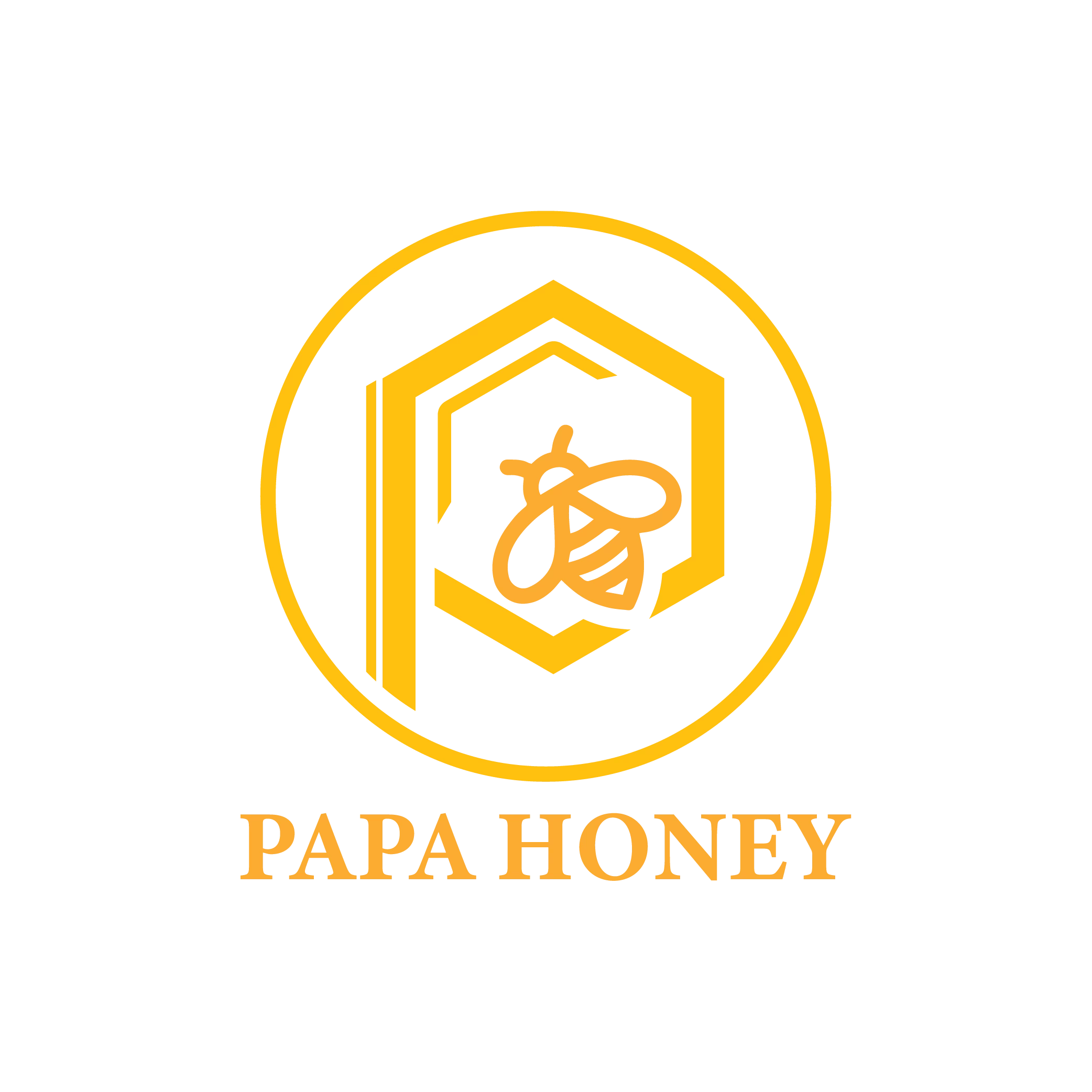Introduction:
1) Start with an attention-grabbing opening that introduces the topic of raw honey.
Provide a brief definition of raw honey and its key characteristics, such as being unprocessed, unpasteurized, and unfiltered.
2) Health Benefits:
Discuss the various health benefits of raw honey, supported by scientific research or traditional knowledge.
Highlight its antioxidant properties, potential antibacterial effects, and soothing properties for coughs and sore throats.
Mention how raw honey contains natural enzymes, vitamins, minerals, and trace elements that contribute to its nutritional value.
3) Nutritional Profile:
Provide an overview of the nutritional composition of raw honey, including its carbohydrate content (predominantly fructose and glucose) and calorie count.
Emphasize that raw honey is a natural sweetener that can be a healthier alternative to processed sugars due to its additional nutritional content.
4) Types and Varieties:
Explain the different types and varieties of raw honey, such as wildflower honey, clover honey, or manuka honey.
Describe how the taste, color, and aroma can vary based on the source of nectar and the geographical location where the bees collect it.
5) Harvesting and Processing:
Provide insights into the process of harvesting raw honey, highlighting the importance of sustainable and ethical beekeeping practices.
Discuss how raw honey is typically extracted from honeycombs, strained or filtered to remove impurities, and bottled without undergoing pasteurization or heating.
6) Culinary Uses:
Explore the versatile culinary applications of raw honey, both as a sweetener and as a flavor enhancer.
Provide examples of how raw honey can be used in recipes, such as salad dressings, marinades, baking, or as a topping for yogurt, fruits, or toast.
7) Skin and Beauty Benefits:
Discuss the potential benefits of raw honey for skincare, including its moisturizing, antibacterial, and soothing properties.
Mention its use in natural DIY face masks, hair treatments, or as an ingredient in skincare products.
8) Quality and Sourcing:
Emphasize the importance of sourcing high-quality raw honey from reputable beekeepers or local producers.
Discuss certifications or labeling terms (such as organic or single-origin) that consumers should look for when purchasing raw honey.
9) Precautions and Allergies:
Mention that raw honey should not be given to infants under the age of one due to the risk of botulism.
Highlight potential allergies or adverse reactions to honey, especially for individuals with pollen or bee-related allergies.
10) Conclusion:
Summarize the key points discussed in the article, emphasizing the unique qualities and potential benefits of raw honey.
Encourage readers to incorporate raw honey into their lifestyle in moderation and to explore its various uses and flavors.

-original.webp)